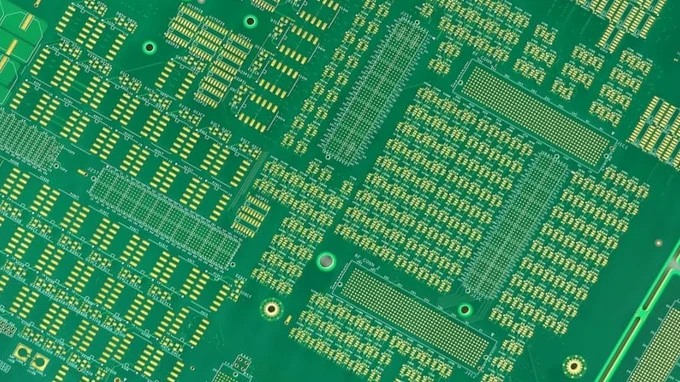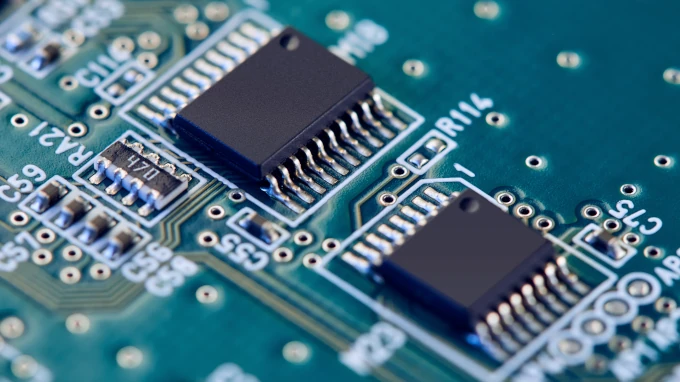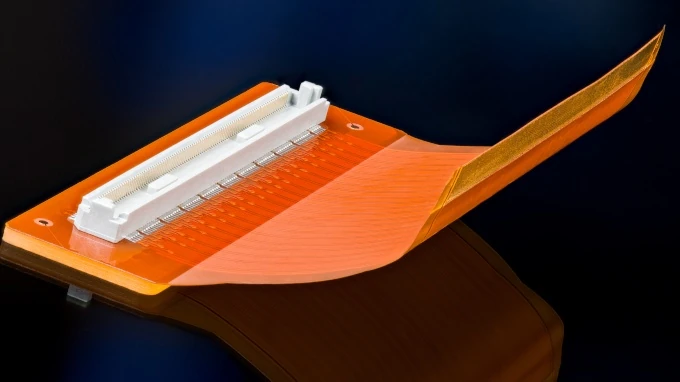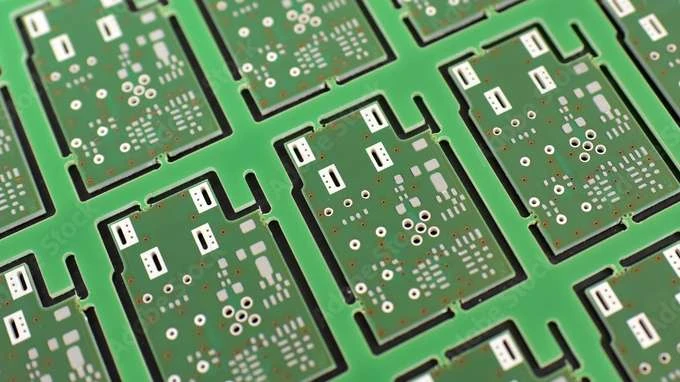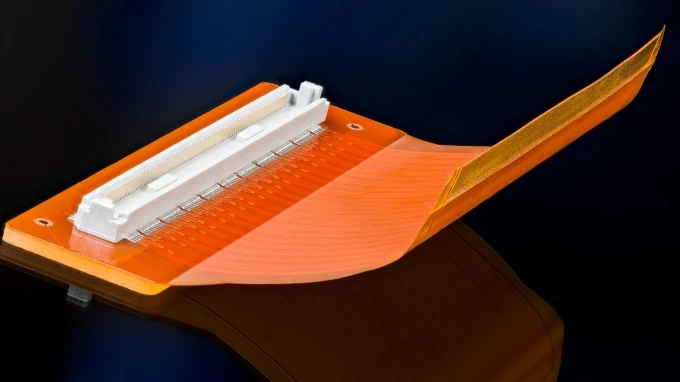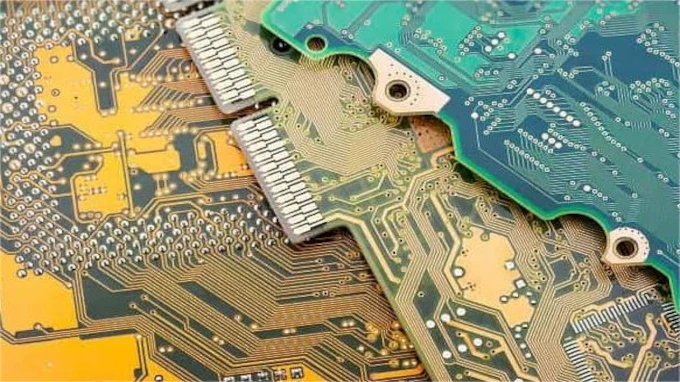Lead-free HASL (Hot Air Solder Leveling) and ENIG (Electroless Nickel Immersion Gold) are two common PCB surface finishes. Lead-free HASL offers good solderability and is cost-effective but can result in uneven surfaces and is less suitable for fine-pitch components. ENIG, on the other hand, provides a very flat surface, excellent for fine-pitch and BGA components, along with superior corrosion resistance and long shelf life, though it is more expensive. Choice between them depends on application requirements for reliability, planarity, and cost.
HDI PCB Key Features High-Density Interconnect (HDI) PCBs are advanced circuit boards designed for complex, high-density electronic assemblies. The key

